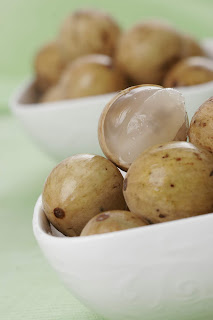Fort Cornwallis is an old star-shaped fort located on the northeastern coast of Penang, Malaysia. It is named after the late 18th century Governor-General of Bengal, India, Charles Cornwallis, 1st Marquess Cornwallis. Fort Cornwallis is the largest standing fort in Malaysia.
Captain Sir Francis Light took possession of the island from the Sultan of Kedah in 1786 and built the original fort. It was a nibong (Malay: palm trunk) stockade with no permanent structures, covering an area of 417.6 square feet (38.80 m2).
In 1804, Indian convict labour rebuilt the fort with bricks and stones during Colonel R.T. Farquhar’s term as Governor of Penang. Fort Cornwallis was later completed in 1810 during Norman Macalister’s term as Governor of Penang at the cost of $80,000. The fort was intended as a defense against the pirates, Kedah, and the French because of the Napoleonic Wars. A moat 9 meters wide by 2 meters deep once surrounded the fort but it was filled in in the 1920s due to a malaria outbreak in the area.
The Chapel at Fort Cornwallis was built in 1799. The first recorded marriage here took place that same year when John Timmers married Martina Rozells, the widow of Francis Light. The building in the southwest bastion is almost certainly not the chapel, but the main magazine; the massive roof and the surrounding buttresses are typical of magazine buildings of the period. The building is the earliest roofed structure surviving in Penang from the colonial era.
Even though the fort was originally built for the Royal artillery troops and the military, its function, historically, was more administrative than defensive. For example, the judge of the Supreme Court of Penang, Sir Edmond Stanley, was first housed at Fort Cornwallis when the court opened on 31 May, 1808.
In its entire history, the fort had never engaged in any battle. Apart from being used for the British Royal artillery troops, the fort was once occupied by the Sikh Police of the Straits Settlements during the 1920s. An archaeological survey was conducted by Royal Navy personnel under the direction of Rev. Peter Brown RN in July/August 1970.Old cannons decorate the fort. The largest cannon, known as Seri Rambai Cannon, was cast in 1603, and was a gift from the Dutch to the Sultan of Johore in 1606. In 1613, the Portuguese took possession of Seri Rambai. The cannon was taken to Java, where it stayed until 1795, when it was given to Acheh and brought to Kuala Selangor. The British seized the cannon and placed it in the fort in 1871.The fort was gazetted on Sept 8, 1977, under the Antiquities Act 168/ 1976, as an Ancient Monument and Historic site. Today, it has become one of Penang's prime tourist attractions.

























